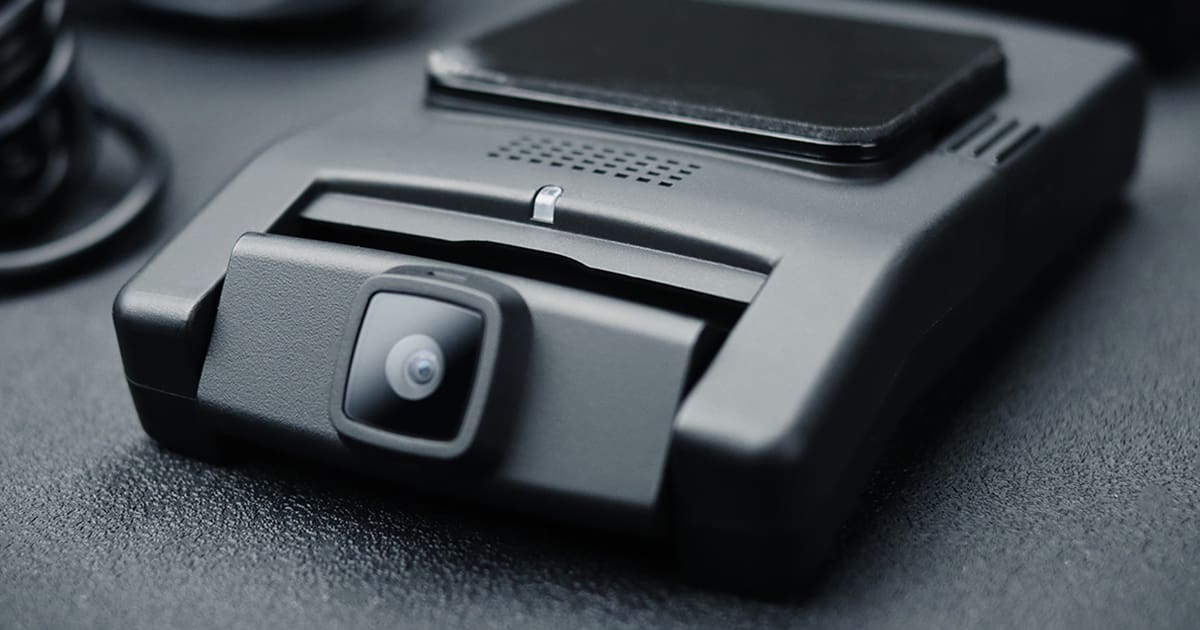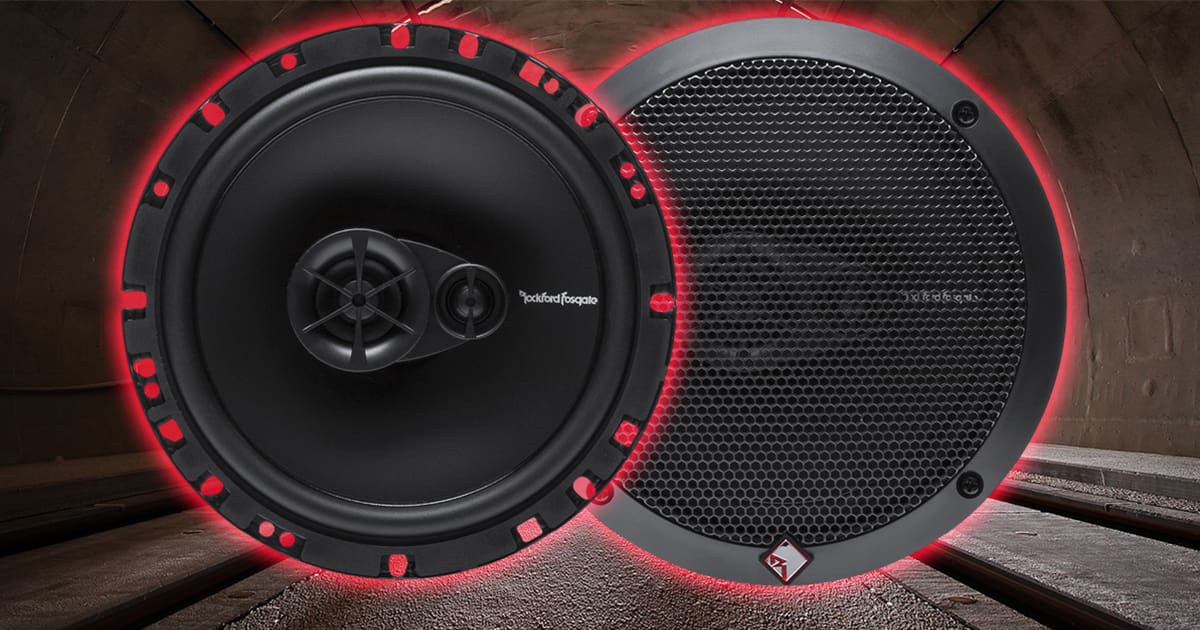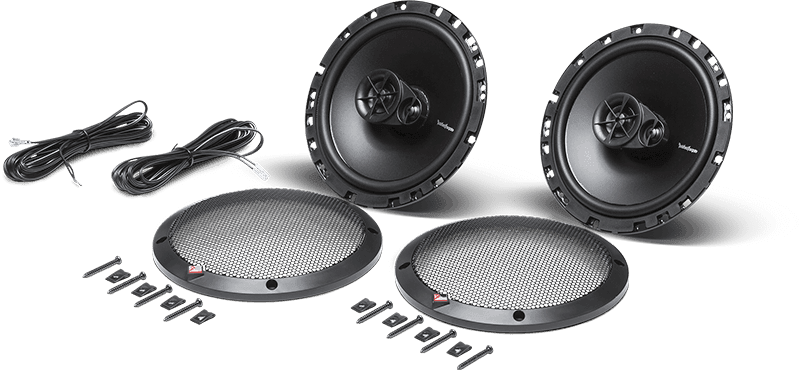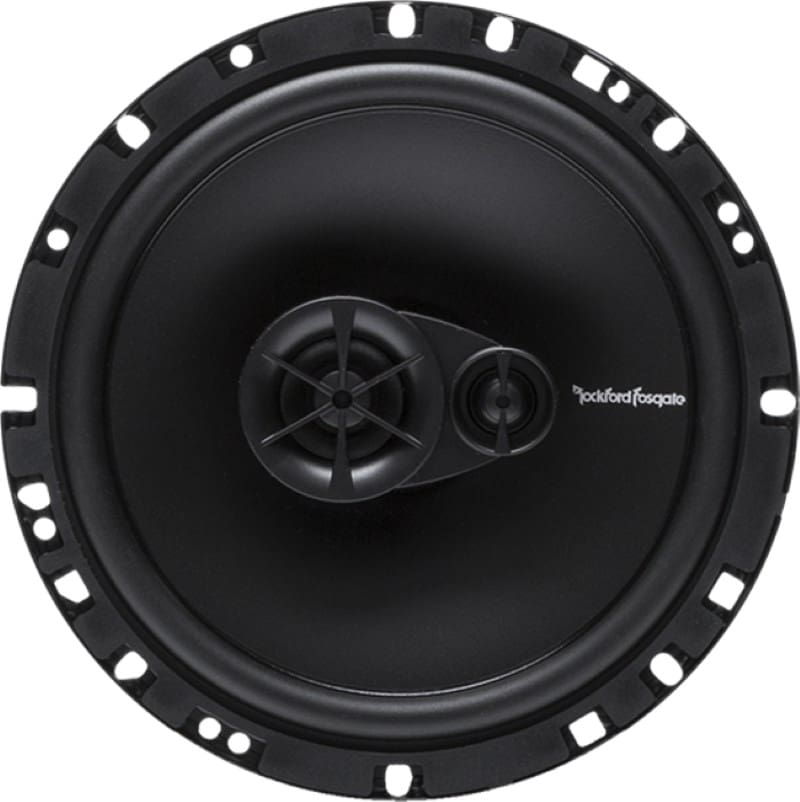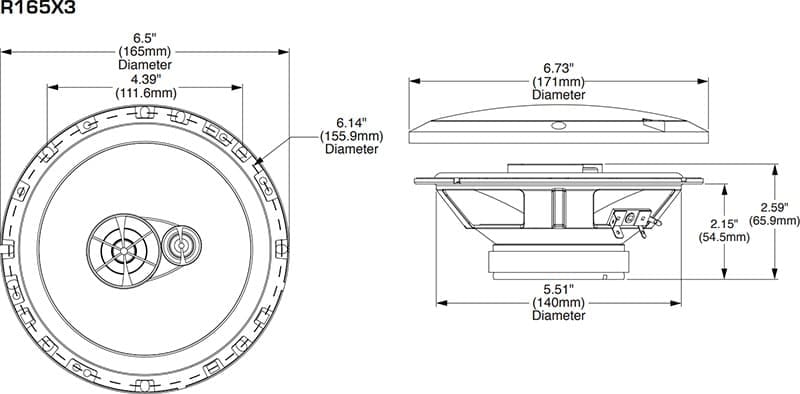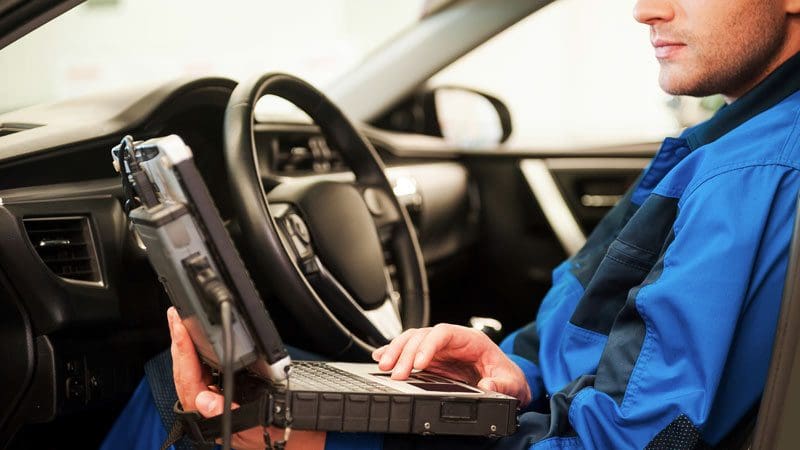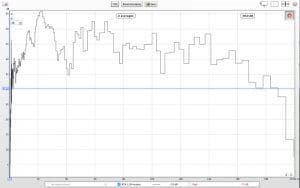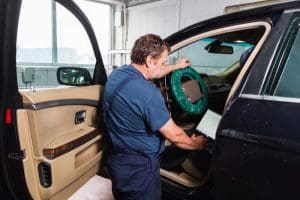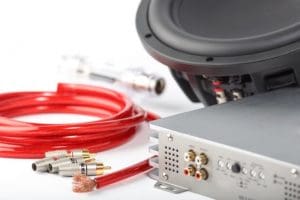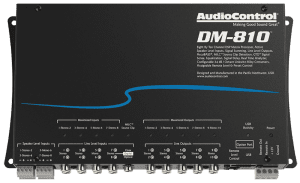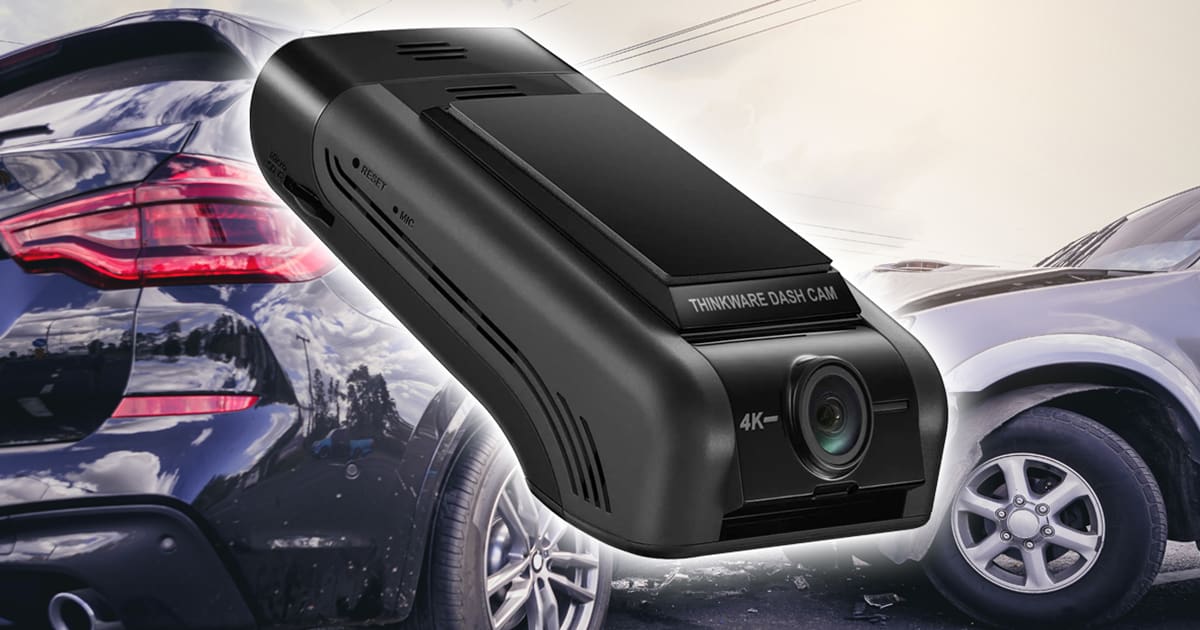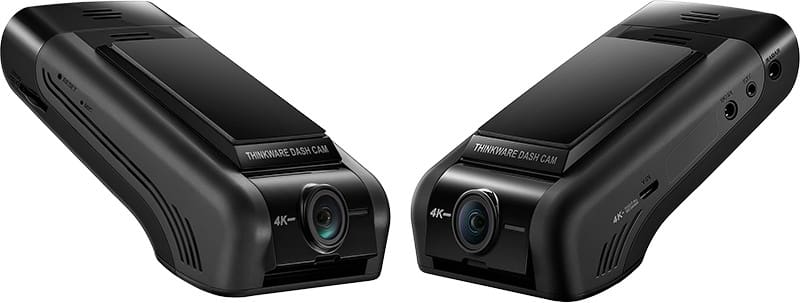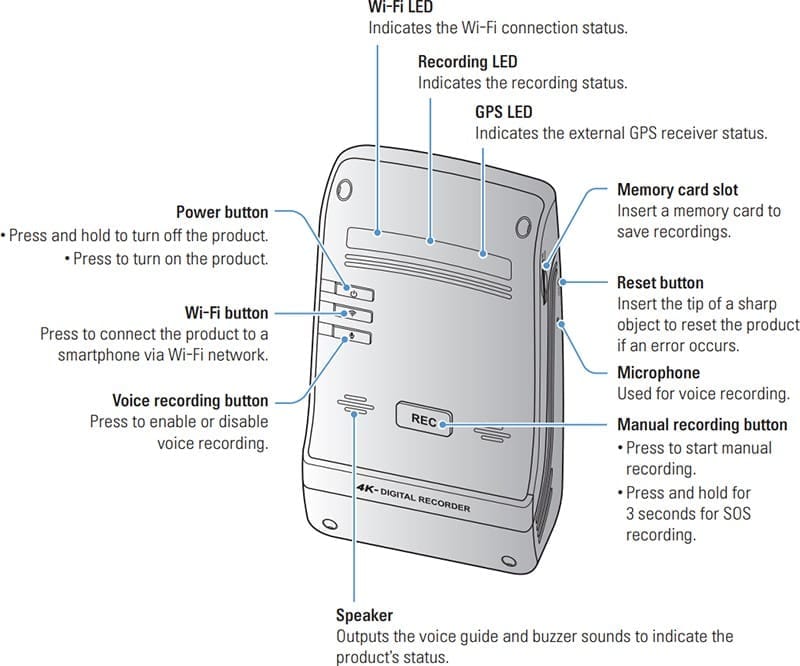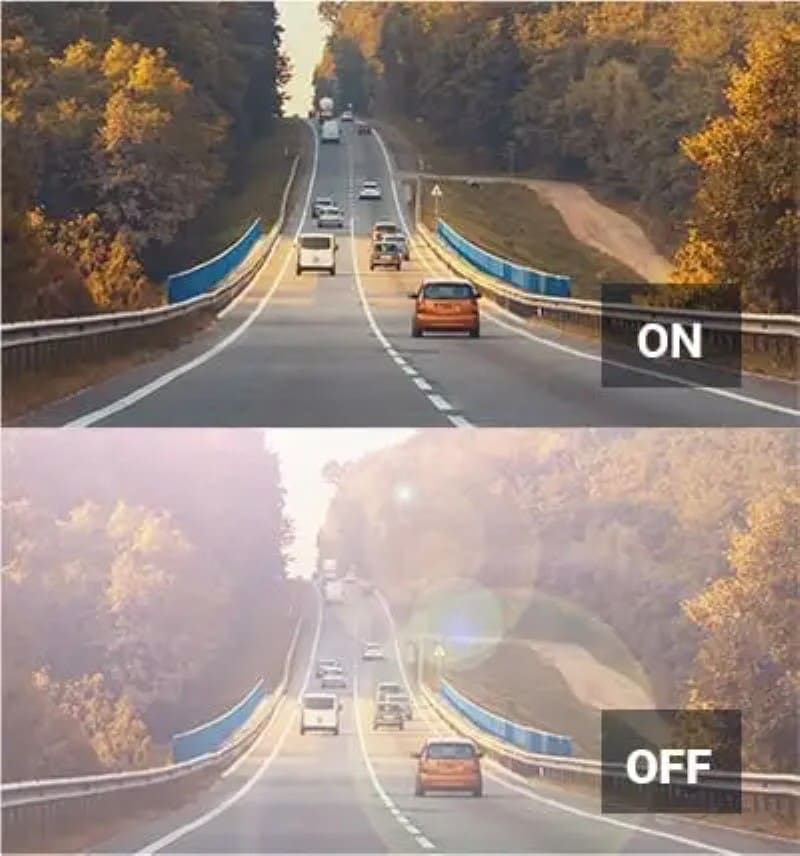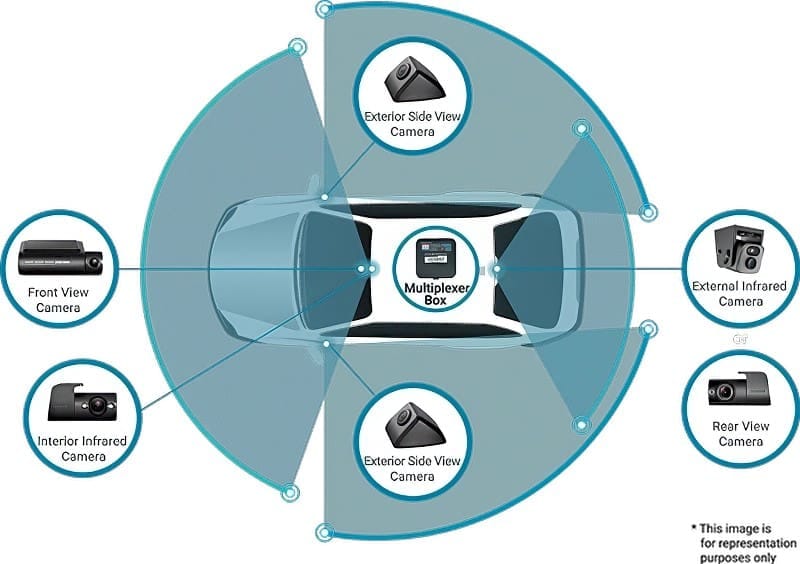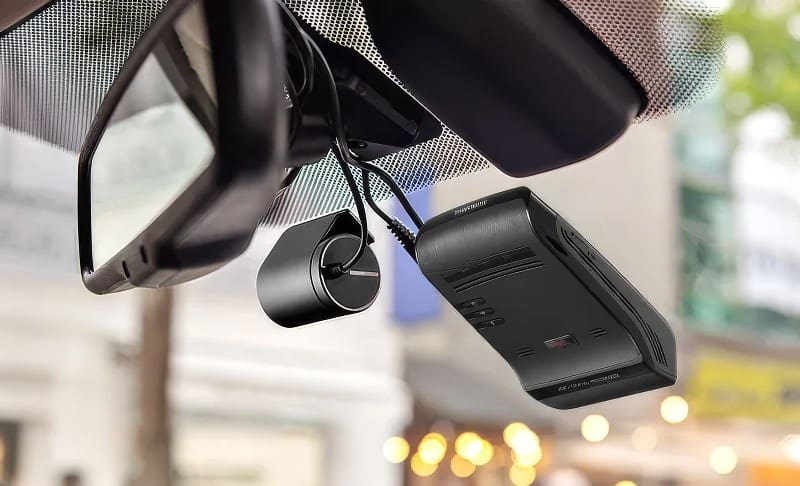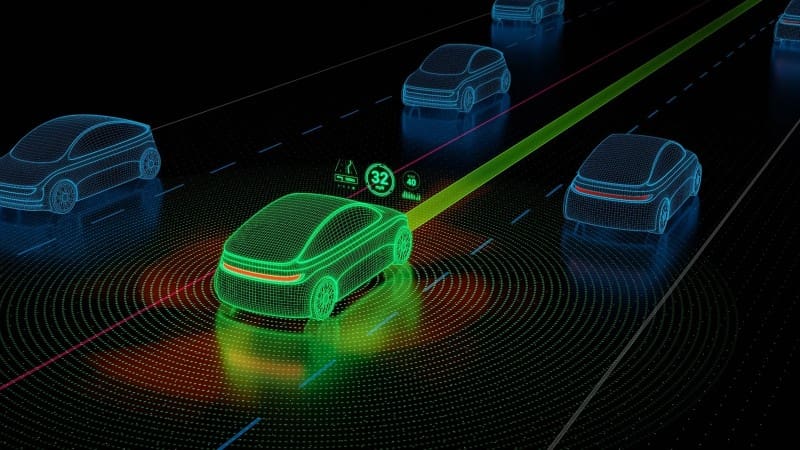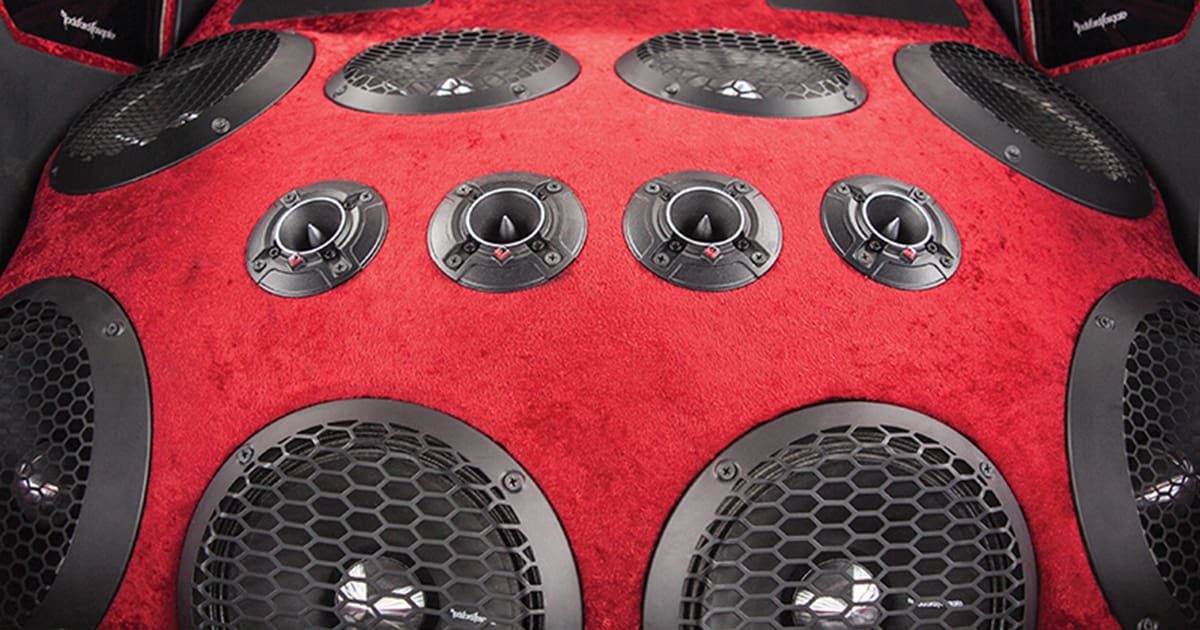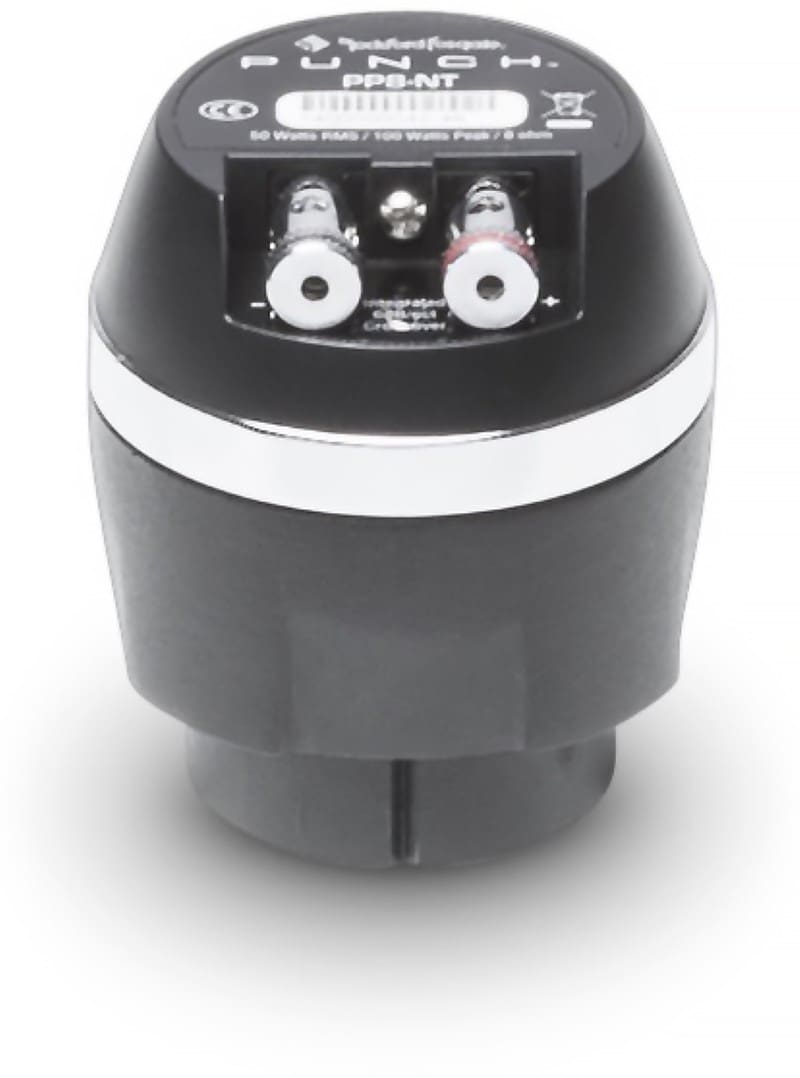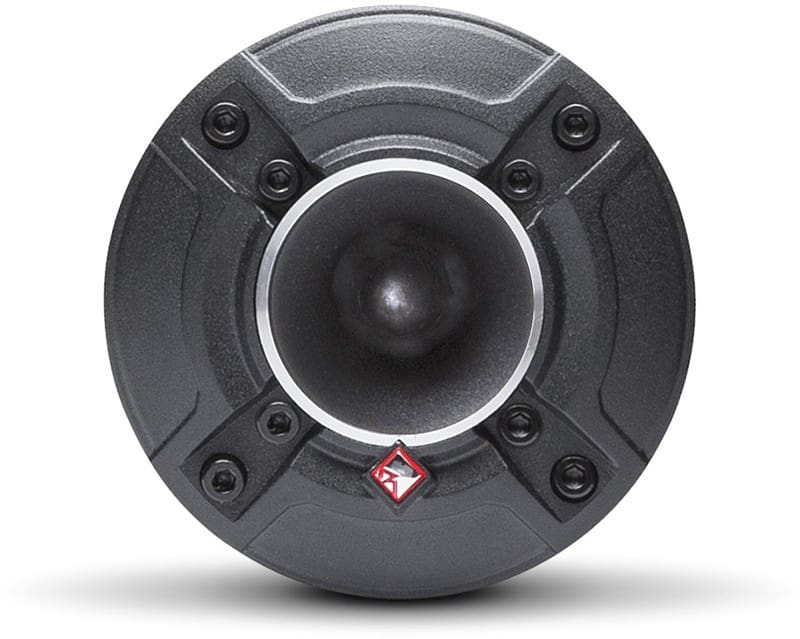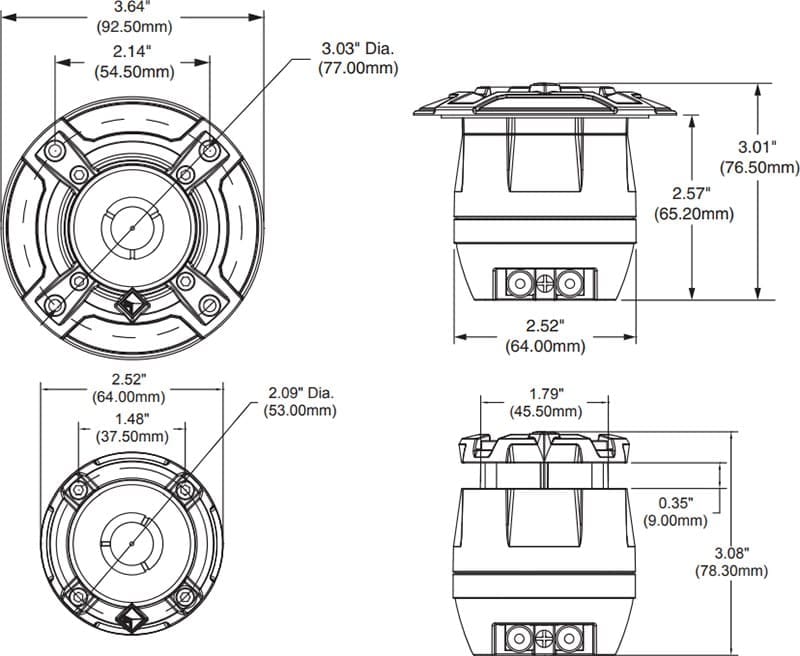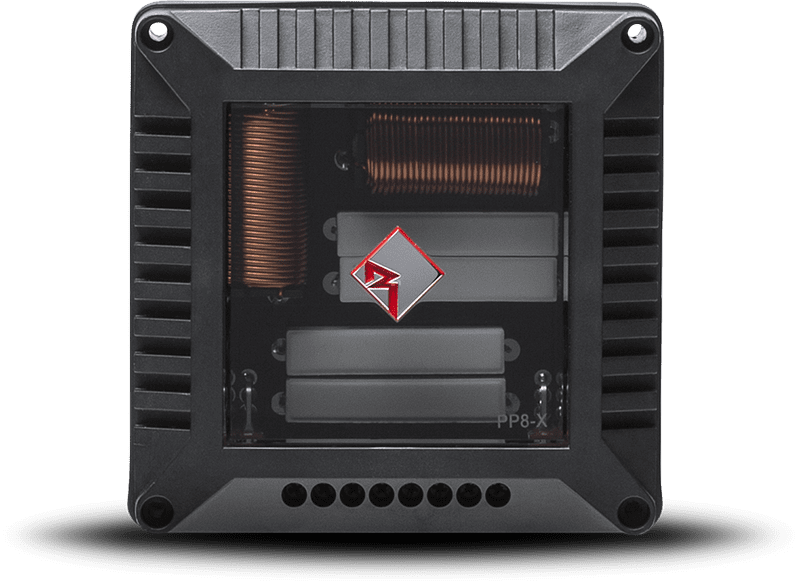There are now hundreds of dash cameras on the market. If you are serious about protecting yourself from fraud and false accusations or simply want to capture those incredible once-in-a-lifetime moments, then you want a high-quality camera with excellent image quality. Momento’s latest flagship dash camera is called the M8 Max, and it’s the perfect choice for your car or truck. Let’s check it out!
Momento M8 Max Features
Let’s start by looking at the specifications of the new Momento M8 Max, which is also known as the MD-8400. This is the top-of-the-line in the three-model series. The M8 Max features a 4K Sony IMX image sensor for razor-sharp image capture at 30 frames per second. A secondary camera that can be pointed out the rear window features full HD (1920 x 1080 resolution) is also included in the kit. The system comes with a 64 GB memory card but can be upgraded to a 256 GB card for more storage. The M8 Max includes a GPS receiver to store vehicle location and speed.
The main power cable is also included in the box. This is a hard-wired cable, not a cigarette lighter plug. As such, your installer will need to find suitable constant 12-volt, switched accessory and ground connection points under the dash. A micro-SD to SD card adapter is also included.
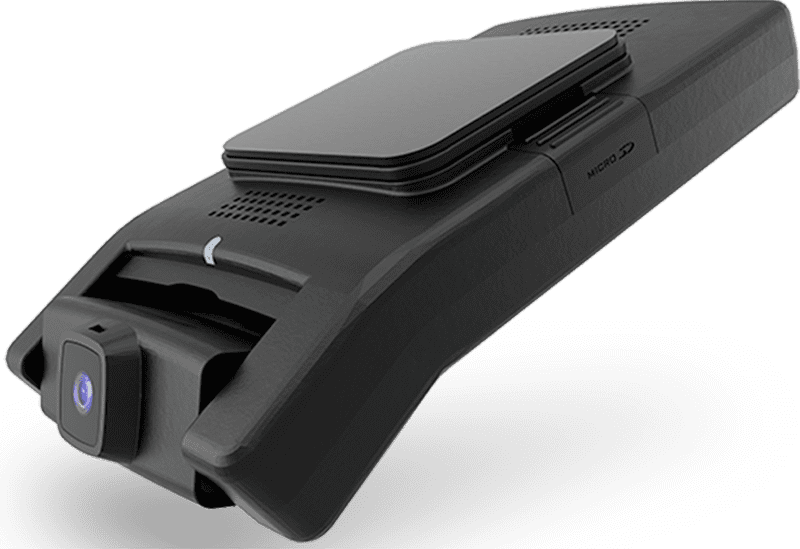
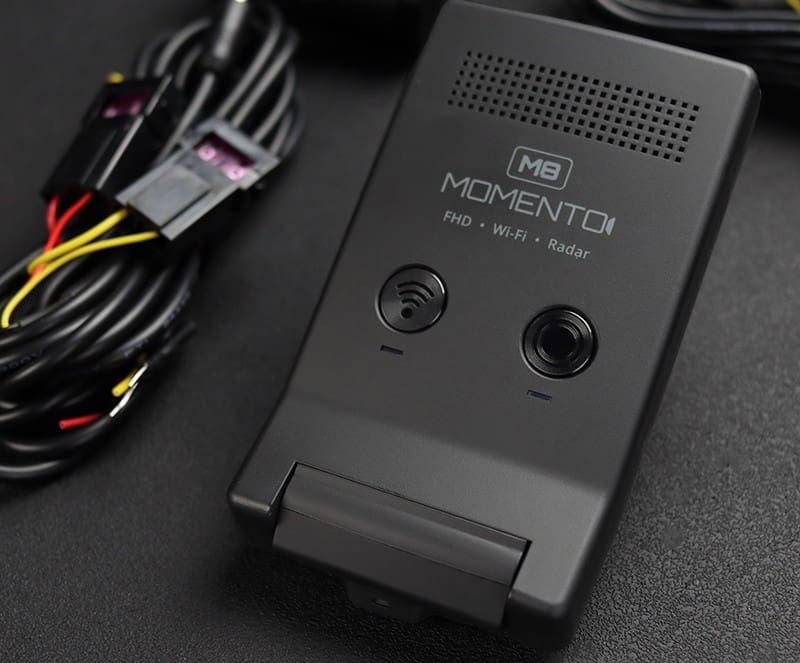
Two- and Three-Camera Support Modes
Out of the box, the M8 Max is set up to handle dual-camera recording. However, if you want to add a third camera, like the IC6 interior camera, the M8 Max can be flashed with firmware to record from three sources simultaneously. The IC6 is ideal for taxis, limousines, buses, rideshare and company-owned vehicles. When flashed into three-camera mode, the system captures video from the front camera in 2K mode due to data storage bandwidth constraints.
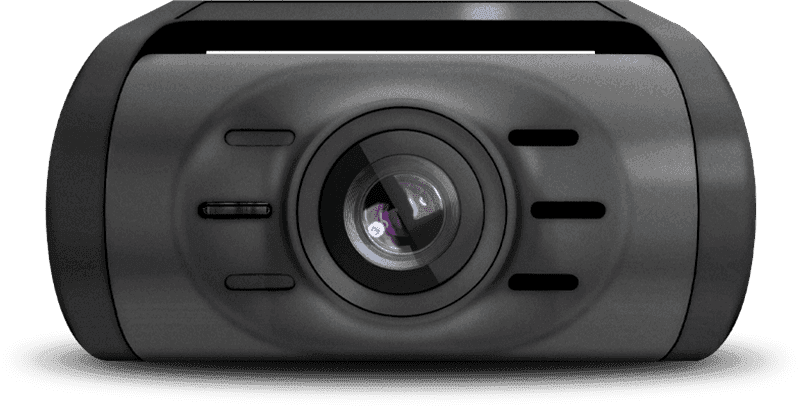
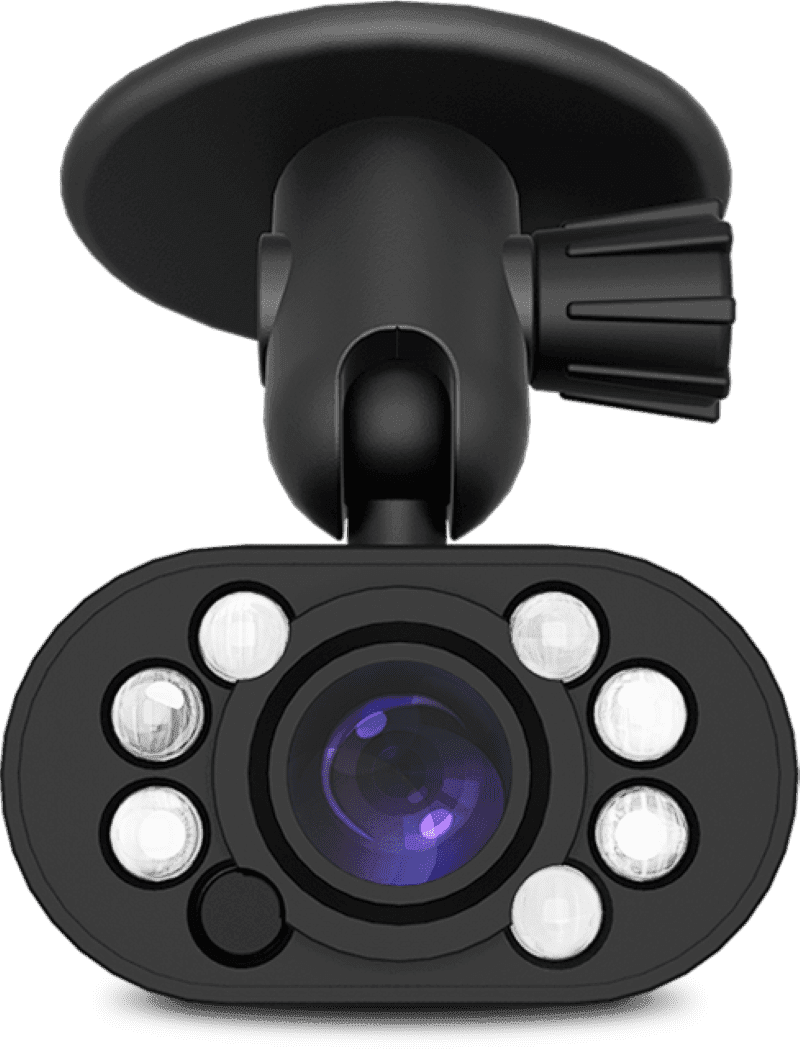
ECO Parking Mode
An essential feature of the M8 Max is its ECO parking mode. Unlike conventional cameras that use the image sensor to monitor the area in front of the vehicle, the M8 Max uses a low-power radar transceiver. If someone walks in front of your car or truck while the camera is in parking mode, the system will wake up and capture a video of the activity. Once the object has passed, it goes back into ECO Mode. The benefit of radar-based monitoring is that the camera consumes about 90% less power than video monitoring units. This means less drain on your vehicle battery and days of monitoring instead of hours.
Voice Recognition
The M8 Max includes voice recognition features. You can say “Hi, Momento,” then wait for the chime and say “Save Video.” The system will start a manual recording that is saved to a dedicated folder on the micro-SD card. Other voice commands include Enable and Disable Mic, Enable and Disable Wi-Fi, Switch Wi-Fi (between 2.4 GHz and 5 GHz modes), and Enable and Disable Privacy mode.
Compact, Flexible Design with Manual Controls
The Momento M8 Maxi-fi is one of the lowest-profile dash cameras on the market. It attaches to your windshield with the included 3M VHB tape behind the rearview mirror. Once in place, the camera tilts upwards or down to ensure perfect coverage in front of the vehicle. The viewing angle is 112 degrees on the horizontal plane and 96 degrees vertically.
There are two buttons on the face of the Momento M8 Max, making it very intuitive to use. Pressing the left Wi-Fi button toggles Wi-Fi on and off. Pressing the right REC (Record) button initiates a manual recording in the event you witness something. Holding the REC button for three seconds turns off the mic. Holding the Wi-Fi button for 10 seconds will format the memory card.
The Momento Smartphone App
All three Momento M8 dashcams are compatible with the free Momento App for Android and iOS devices. Once you have connected your smart device to the M8 Max using 2.4 or 5 GHz Wi-Fi, the app lets you view the live video feed from the camera. This is how your installer will initially set up the camera.
The app lets you view and download stored files from any of the five galleries: Driving, Driving Events, Parking, Parking Events and Manual. You can preview the video at 600p resolution or download the full-resolution version and save it with your files or images for sharing.
The app provides access to many configuration options. These options include sensitivity adjustments for the integrated accelerometer to determine when event videos will be recorded. You can also set the automatic low-battery cut-off voltage or allocate different storage space for driving and parking videos. You can also change vehicle speed units between MPH and KM/H, depending on whether or not the camera uses radar parking mode, camera exposure, and the optional Travelapse mode. In Travelapse, the camera records at one frame per second to compress a long trip into a short video. If the accelerometer detects an impact, the system will store a 30-frame-per-second video starting seven seconds before the event trigger. The app also allows you to initiate a firmware update if and when it is introduced.
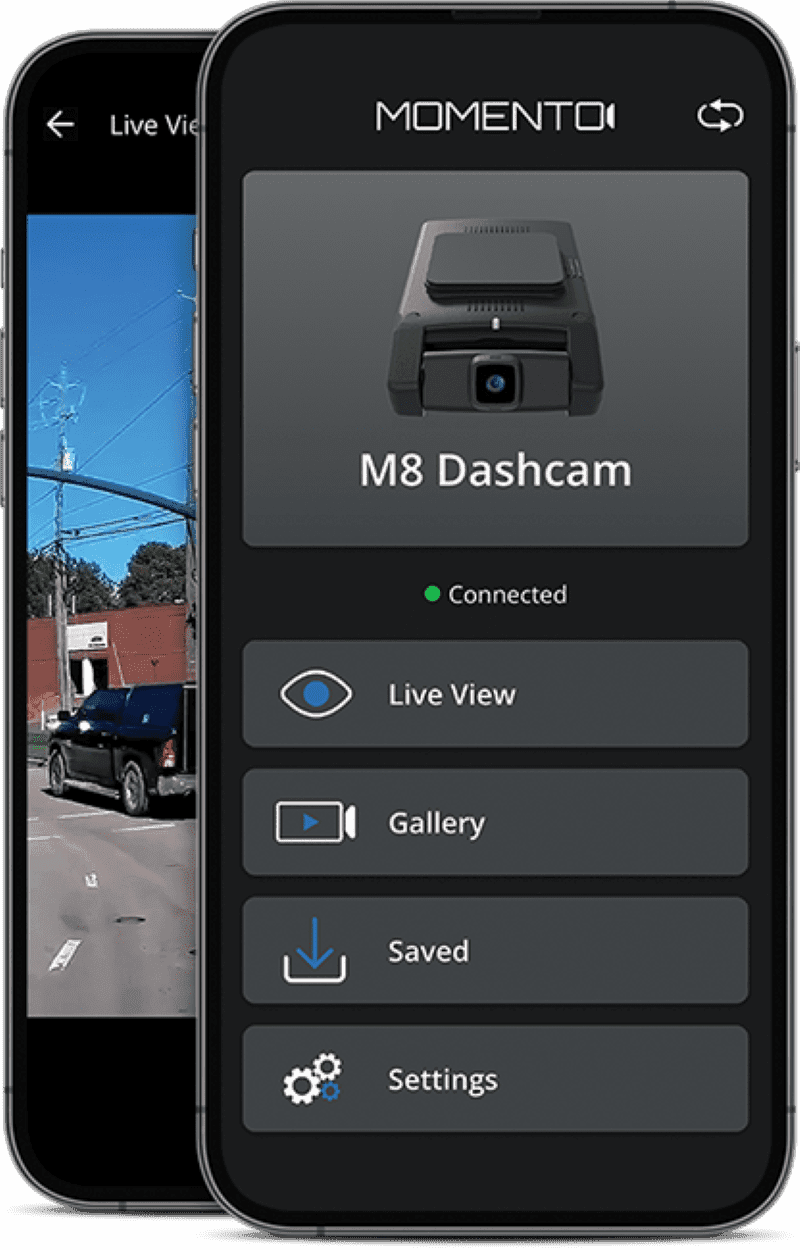
The Ultimate Driving Protection Solution
If you want a premium dash camera with excellent image quality and class-leading features, visit a local authorized retailer and ask for a demonstration of the Momento M8 Max. They can complete the installation to ensure your camera will work reliably to capture everything that happens while you’re driving.
For more information on Momento safety products, visit their website. You should also follow them on Facebook and Instagram. Finally, their YouTube channel has videos about all of their products.
This article is written and produced by the team at www.BestCarAudio.com. Reproduction or use of any kind is prohibited without the express written permission of 1sixty8 media.
